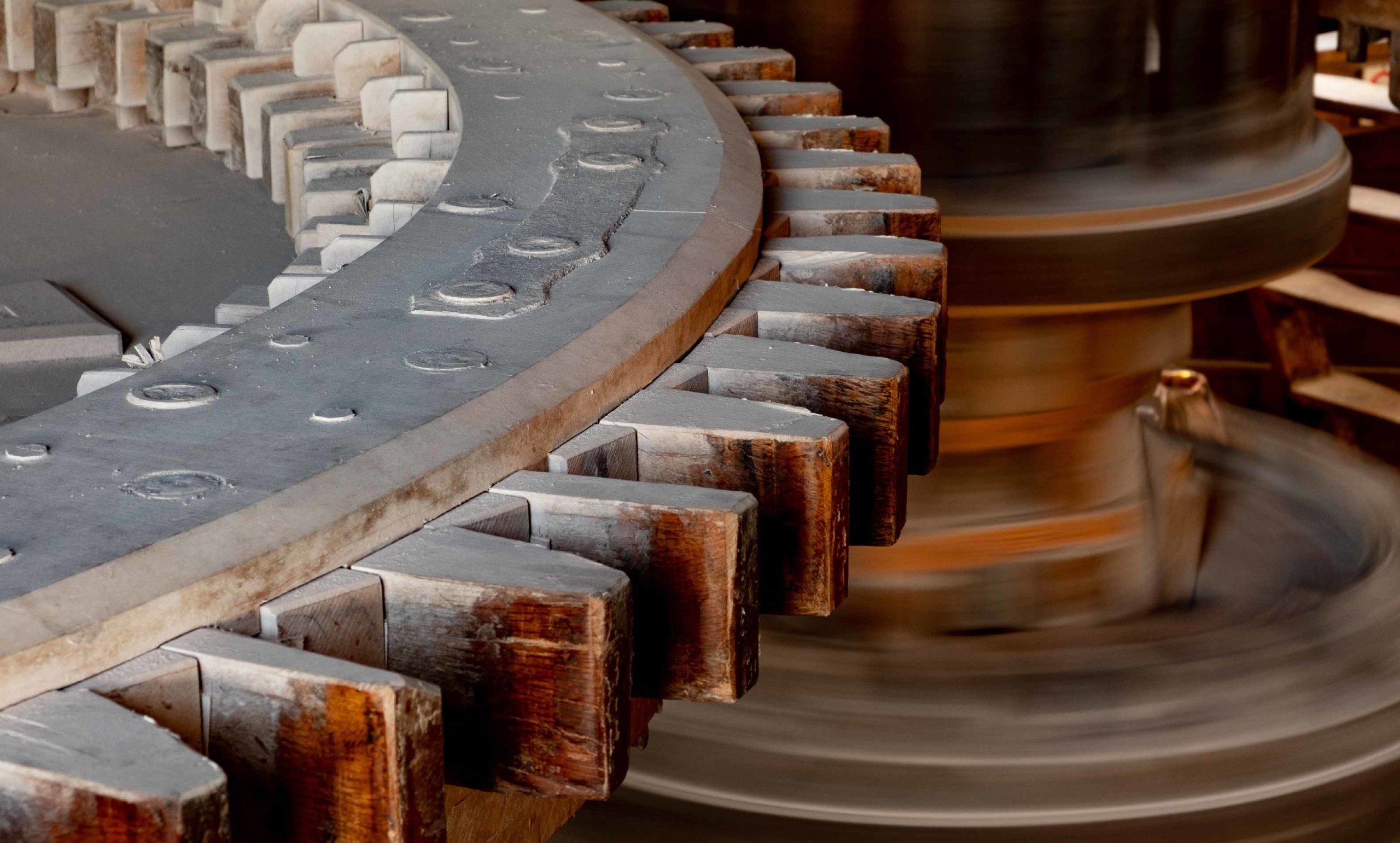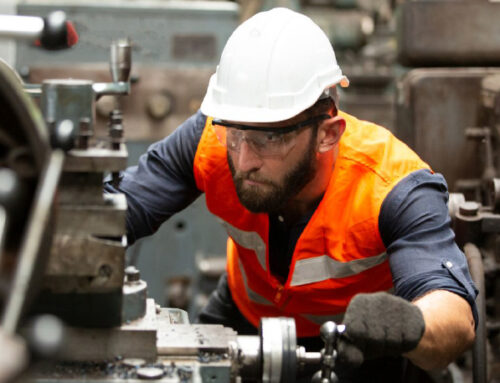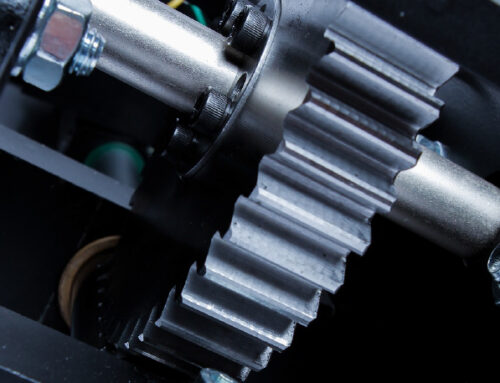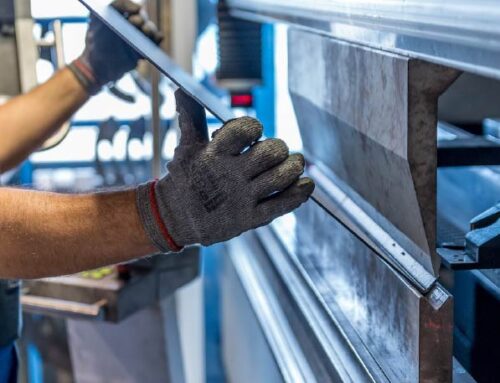Thanks to developments in manufacturing, creating types of gearboxes that are specific to an application is easier than ever. However, the challenge of designing the gearbox remains. Many suppliers now offer engineering support along with advanced manufacturing processes like machine tools, automation, and software designed to create custom industrial gearboxes.
Getting a consultation from an expert can ensure that the gearing is suited to the application. At NW Industrial Sales, LLC, we offer over 70 years of combined experience in a wide array of industries. We are uniquely positioned to offer our expertise on Falk gearboxes to create a perfect solution for your application.
How to Select a Type of Industrial Gearbox
The following questions are necessary to answer as you look for an industrial gearbox.
- What is the speed and horsepower of the input?
- What is the target output speed or torque of the gearbox?
- What are the conditions of use?
- What kind of input and output does the machine need, shaft or hollow-bore?
- What is the orientation of the gearing? For example, if the application calls for a right-angle worm gearbox you need to determine if the worm is under or over the wheel. Also consider if the shafts protrude from the machine either horizontally or vertically.
- Is there a need for corrosion-resistant paint or stainless steel housing and shafts?
Below we have outlined the four steps to take after gathering this information. Each step can help you narrow down what type of industrial gearbox will fit your application. Sometimes an expert opinion can be invaluable in making this decision.
Step 1: Determine the Service Factor
The first step in finding the right type of industrial gearbox for your application is to determine the service factor. The service factor is a “measure of periodically overload capacity at which the motor can run without damage.” The service factor is set by the American Gear Manufacturer’s Association.
The service factor is determined by considering:
- Type of input
- Hours of use per work day
- Socks and vibrations
For example, an application that experiences mechanical shocks will need a higher service factor. An industrial gearbox that is operated only intermittently would need a lower service factor than a gearbox that runs 24 hours a day.
Step 2: Find the Class of Service

- Input horsepower
- Target ratio
- Application type
For example, let’s say we have an application that requires a 2 horsepower motor and needs a 15:1 ratio. Using the manufacturer’s chart, you can find where the 2 horsepower motor and the 15:1 ratio intersect, which indicates that we would need a 726 size gearbox. These charts can also work in reverse to help determine the torque or speed of a given size.
After choosing a size, the gearbox manufacturer will have the values for the maximum overhung load for the gearbox. If the application’s needs exceed the value, then increase the gearbox size to accommodate the overhang load.
Step 3: Mounting
With the gearbox size and capability determined, the designer will next pick the mounting. There are many common gearbox mounting solutions, and industrial gearbox manufacturers offer many options for each size. The most common kind of mounting is a flanged input with hollow bore for a C-frame motor.
However, there are many options to choose from, like mounting feet above or below the gearbox body, hollow outputs, and a multitude of input and output configurations. All gearbox manufacturers, like Falk gearboxes, offer mounting options and dimensional information in their catalogs.
Step 4: Determine the Lubricant and Seals

Choosing the right lubricant and seal for your application is necessary to ensure consistent output and reduce unwanted shutdowns due to damage to the gearbox. Additionally, if your application is in the food or pharmaceutical sector additional considerations might be needed to ensure no contamination.
Find the Right Industrial Gearbox with NW Industrial Sales, LLC
NW Industrial Sales, LLC can help you find the best type of industrial gearbox for your application with our over 70 years of combined experience and our large inventory of Falk gearboxes and gearbox parts.
If you would like to learn more, or speak with one of our specialists, contact us today. We are available 24/7 to help you.





